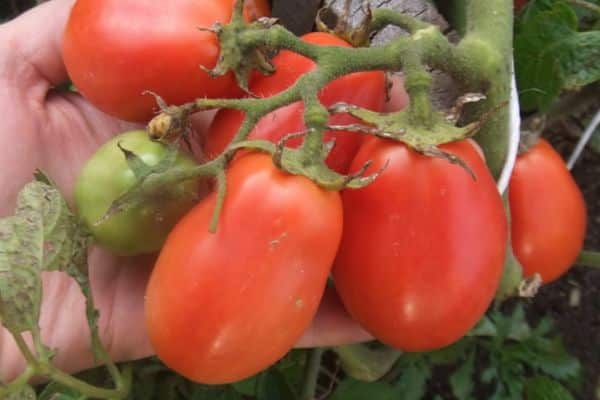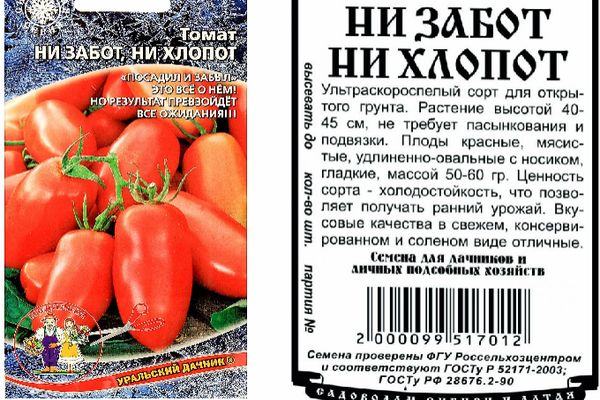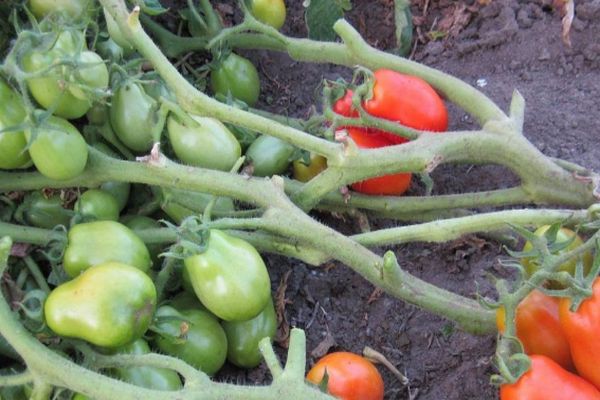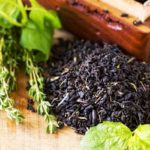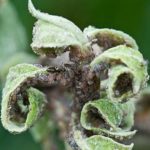Anyone who grows tomatoes dreams of planting a variety on their plot that would be different:
- high productivity,
- unpretentiousness,
- resistance to diseases and other excellent characteristics characteristic of this culture.
Breeders work tirelessly in this direction and quite regularly present farmers with new products that deserve close attention. A plant, be it a tomato or a cucumber, is given a catchy name so that buyers choose seeds not only by the spectacular picture on the bags.One of these innovations will be discussed in our article.
Meet the super plant – the cold-resistant tomato!
We present to your attention a precocious tomato called “No worries, no hassle.” First, it is germinated at home in pots or boxes, and then planted in a greenhouse and open ground during the spring sowing period.
The plant can reach half a meter in size; in addition, when growing, it does not require pinching (removing some parts for the sake of enhanced growth of others) or gartering.
After the fruits ripen, the gardener has the right to hope that from each bush he will pick several fleshy, juicy red fruits. Any such tomato, elongated oval in shape with a spout and smooth skin, will weigh 50-70 grams, or even more.
Plant for growing by “debutants”
It is especially recommended for novice owners to consider this variety. This herbaceous plant does not require careful care. According to experts in agriculture and plant growing, it is resistant to frost, which allows seedlings to be planted as early as possible. And at the same time, tomato allows you to achieve good harvests long before the end of the season and before the increased spread of such a scourge as late blight. Everyone who has tried the fruits of the plant under review notes their amazing taste, both fresh and canned.
Tomato in the growing action program
The tomato epic goes according to the following scheme:
- The seeds are immersed in the ground at the very beginning of March to a depth of one centimeter.
- The plant peaks at the stage of 1-2 true leaves.
- It is repeatedly fed with mineral fertilizers.
- A week before planting, the seedlings are subjected to short-term hardening in the fresh air.
- First of all, the “young animals” are quarantined for two months.
- Then, after a series of night frosts in May, closer to summer, each plant is transplanted into beds, in the phase of 6-7 true leaves (or one flower cluster).
- The tomato is planted according to the planting pattern - approximately 30 by 50 centimeters.
- Water the plant exclusively with warm water after sunset.
- Fertilizing is carried out throughout the entire growing season.
Despite its hardiness, tomatoes can be susceptible to diseases during growth and ripening.
It is important to stop the spread of the disease at an early stage. It is best to remove the diseased plant from the garden along with the area of soil on which it was located. To save a tomato bush that is not completely ruined, you can try to cure it using folk methods.
For example, water the soil where the plant is located with potassium permanganate and sprinkle it with charcoal. A more effective way is to treat the culture with special microbiological preparations. However, do not forget that the “No worries, no hassle” tomato fully corresponds to its name; it rarely gets sick!

